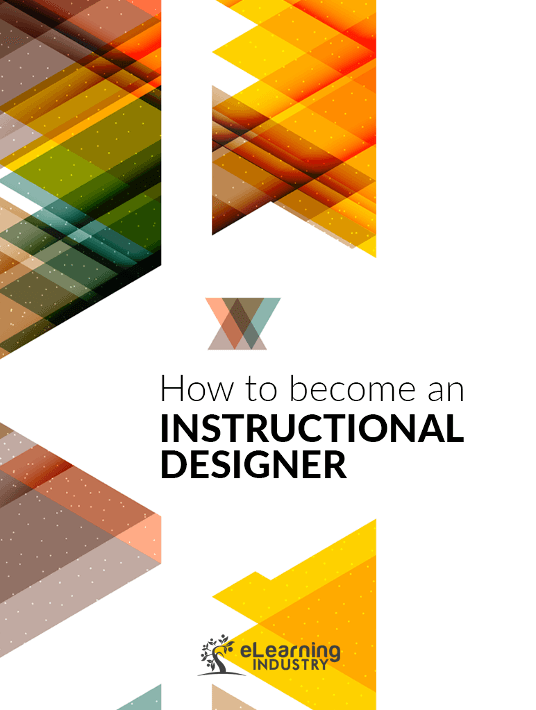There are many paths into the field of Instructional Design, but there are specific strategies to truly excel in the field. Some will advise to pursue a formal degree or complete a certificate, to get involved in field-specific organizations, and to learn the technologies involved in the trade. All of these suggestions are valuable, and I concur with those sentiments. But, what can be done in a field outside of Instructional Design to prepare to enter the field?
Consider developing the transferable skill-set.
Project Management Skills. Instructional Designers often juggle multiple projects and manage overlapping tasks and deadlines. There is also an iterative cycle to course design, including assessment and revision, and this cycle must be managed well. Look for opportunities in your current position to manage new projects from start to finish.
Communication Skills. There are many players in the Instructional Design process in addition to the Instructional Designer. A team might include subject-matter experts, teachers/trainers, and clients, as well as information technology specialists, visual designers, editors, and others. Work to improve your ability to communicate clearly, ask critical questions, and negotiate when needed.
Critical Thinking Skills. Instructional Design requires the ability to critically think within a framework of analysis and evaluation. Beyond that, we are called to establish creative and innovative training and learning solutions to identify and meet needs of specific learners. Look for opportunities in your current position to become involved with new projects that require creative and innovative solutions.
While these transferable skills might be your foot-in-the-door of the Instructional Design field, don’t dismiss the notion of a formal degree or training. Without the foundational knowledge of Instructional Design theories and strategies, these transferable skills might only get you in the door. To excel, you must also be able to employ the foundational knowledge that drives the Instructional Design field.



